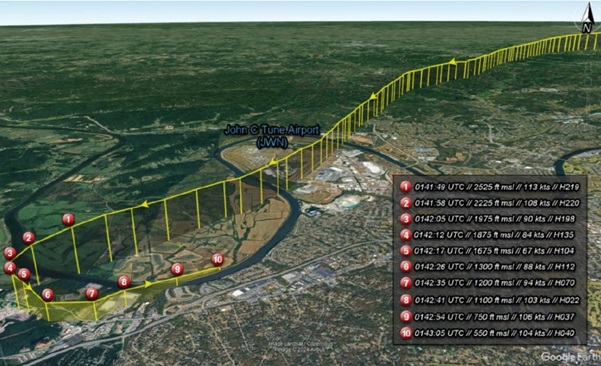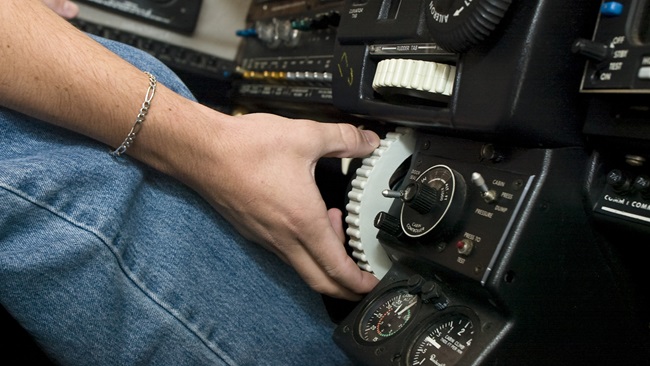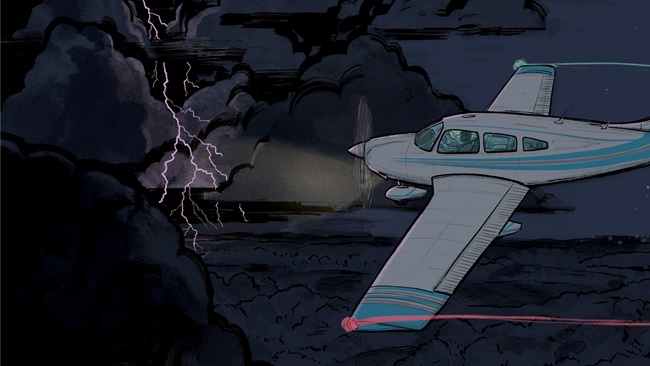Cirrus Vision Jet parachute logs first save
Rescue crews found three survivors in a Cirrus SF50 Vision Jet that came to rest September 9 on a swampy lakeshore in Florida, with thunderstorms in the vicinity and parachute shrouds draped on power lines running along the ragged shore of Lake Tohopekaliga.
Fire officials told local media that two of the three occupants of the single-engine jet, including a juvenile, escaped serious injury. A woman was transported to a local hospital with injuries described as "serious," but was reported to be in stable condition after the September 9 ordeal.
The aircraft's progress appears routine until the descent, marked by fluctuations in airspeed. The position track turns about 90 degrees right toward the end, bringing the aircraft, which was over water as the turn began, toward shore. It is not clear how much the aircraft may have drifted in the wind under canopy, but touched down on more-or-less dry land. Firefighters still faced a difficult challenge reaching the aircraft, reporting "very marshy conditions" amid a "torrential downpour" with a risk of lightning. They had to cut through a barbed wire fence, and wade through water cutting brush with chainsaws to reach the aircraft.
This was the first activation on an SF50 of an airframe parachute system that has been a signature of Cirrus Aircraft from the beginning, credited with saving more than 230 lives over decades of use in the SR-series piston models.
The SF50 Vision Jet has posted an enviable safety record since it entered service in 2016. A search for instances of this model in the NTSB's accident database returned just four results, none of which involved injury. (One, in August 2021, involved a runway excursion following a rejected takeoff, another an electrical fire on the ground. No details were available on two foreign incidents beyond noting the absence of injury or fatality.)
SF50 Vision Jet pilots are the beneficiaries of some hard lessons learned in the early days of airframe parachutes, when a few hesitated to activate the system that protects the occupants at the expense of significant aircraft damage during deployment. The company has emphasized the value of making that decision before too much altitude is lost, or the situation becomes otherwise unrecoverable—even with a large ballistic parachute at the pilot's disposal.
The radar track of the September 9 flight suggests that consideration of where the aircraft will come down under that parachute, and reasonable efforts to remain clear of hazards such as landing in a large lake, is also appropriate when feasible.
The SF50's certification was soon followed by the Robert J. Collier Trophy, bestowed annually by the National Aeronautic Association for "the greatest achievement" in the United States in "improving the performance, efficiency, and safety of air and space vehicles." The aircraft's operational history continues to bear that out.



